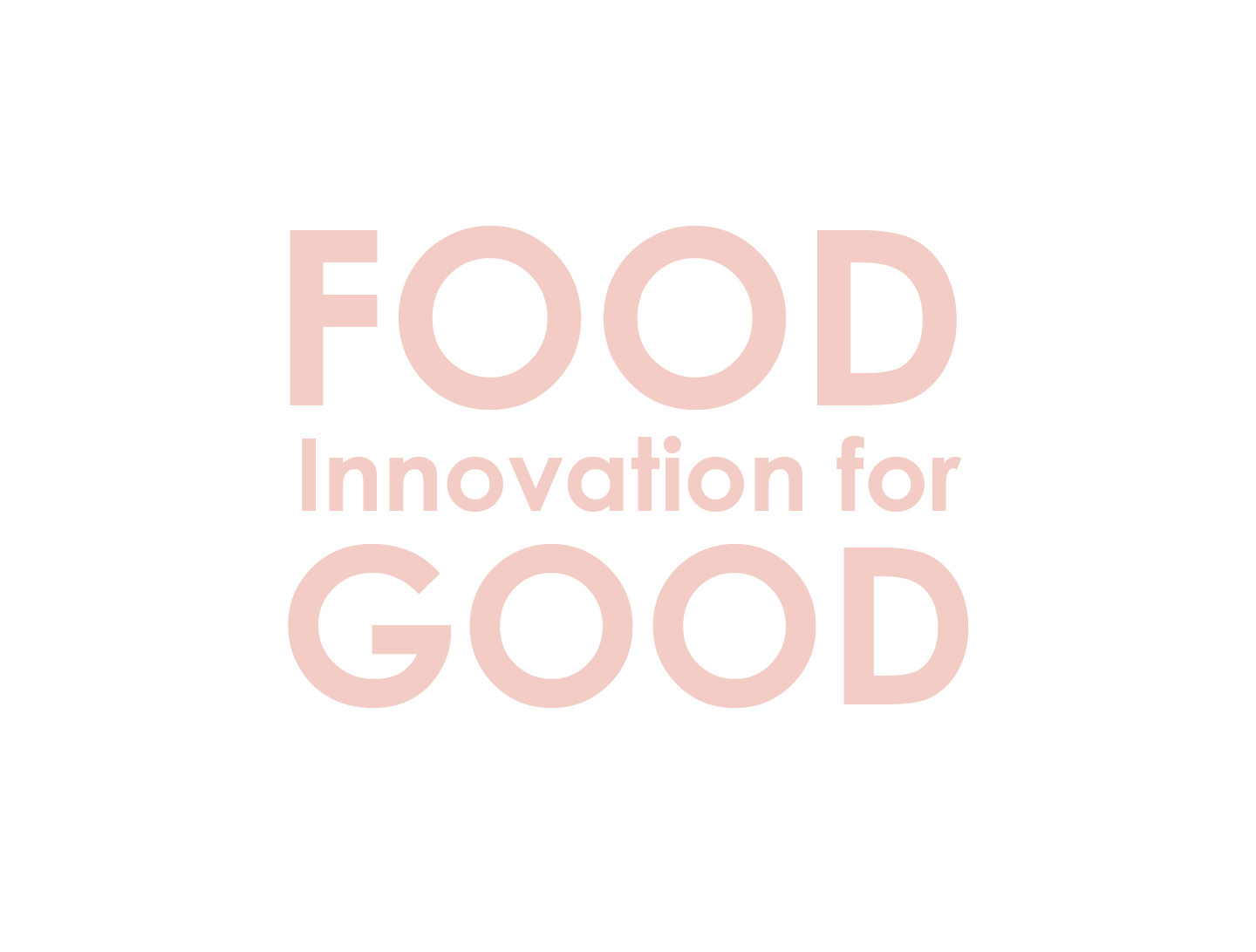4 Jan 2022
New sensory test to measure impact of the eating environment
Today’s consumers are looking for food experiences. More than just enjoying a good meal, they desire a thoughtfully designed atmosphere that they can share on Instagram and other social media platforms. Smell, music, people and service also play their part in transforming a meal into a next-level food experience.
Concurrently, many consumers suffer from a lack of time. And when you’re busy, you want everything – including your food – to be readily available. The Taste Tomorrow survey points out that many consumers need convenience and eat on-the-go weekly.
Is the taste of food impacted by the eating environment?
The trends towards more convenience and more experiences impact and might even conflict with each other. Eating becomes a complicated experience.
At Puratos, we wondered if this ‘new way of eating’ has an impact on the experience of taste. We wanted to understand the impact of environment on food perception. To find out, we set up a new kind of sensory test.
Not the usual sensory test
In sensory analysis, the science of sensations, Puratos regularly ask people their opinion about the taste of bakery, patisserie and chocolate products. Such sensory tests usually happen in a neutral laboratory environment. This is to ensure that people will focus on the products and will not be disturbed by their surroundings, such as lights, noises or social interactions. This allows fair comparison between the products, which is very important when (for instance) we want to validate the taste performance of an improved product.
However, we know that a neutral laboratory setting is very far from a realistic consumption situation. If we want to better predict the market success of a more unusual product, like fine patisserie or an origin chocolate, we could benefit from understanding how environment can impact people’s opinions.
Testing chocolates in different environments
Therefore, we recently explored how consumer appreciation of chocolate can be affected by the consumption context. In the first study phase, we asked consumers to spontaneously associate each of two origin dark chocolates to several colours, textures, odours, music samples and pictures of different environments.

Both chocolates were perceived as very different in flavour: one sweet, caramel and nutty; the second acid, fruity and roasted. They also triggered very different associations in people’s minds.

In the second study phase, we immersed consumers in two different environments: a nice and cosy coffee shop, and a neutral sensory laboratory. In each environment, consumers had to give their appreciation and perception of the same two chocolate products, as well as their emotions linked to the consumption context. To capture their perceptions, the consumers had to fill in a questionnaire with several questions for each chocolate, such as enjoyment level, perceived sweetness level, perceived acidity level and emotions triggered when eating.


Sweet surprise
The study showed that people appreciated the same product differently when consumed in another environment. Chocolate 1 in particular was more appreciated in the coffee shop than in the laboratory environment. The results also show that consumers perceived Chocolate 1 as more sweet when it was eaten in the coffee shop. Yet the perception of acidity was not impacted by the environment: Chocolate 1 was perceived just as acidic in the coffee shop as in the lab. The higher appreciation of Chocolate 1 in the coffee shop environment may, therefore, be linked to the enhanced sweetness perception.
Key knowledge in product development and marketing
With these findings, we better understand how the environment interacts with our senses and how it impacts our perception of a product. People can appreciate different characteristics of taste and texture in a product when it’s eaten in a coffee shop, compared to the same product that’s consumed on-the-go or at home. Understanding this is key to properly positioning a product in the market. It is also relevant to developing tastes and textures that match consumers’ expectations depending on the eating environment.
Sensory analysis is very important for Puratos, as it allows us to translate consumer wishes, perceptions and preferences into recipes and process specifications. We conduct sensory tests in different ways: with our Sensory Panel, with the Sensobus, our mobile sensory solution, and we recently developed a new test. The multi-bite test focuses on sensory interactions between ingredients, and tells us which combinations have the most potential in terms of taste.
